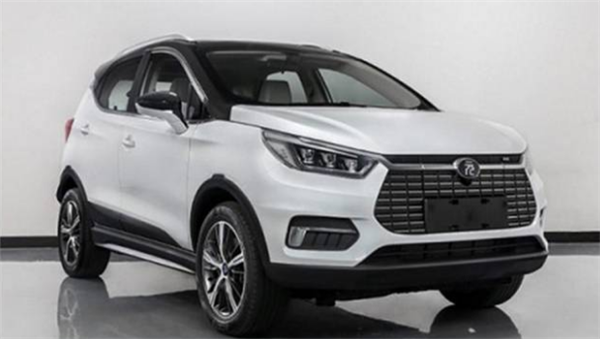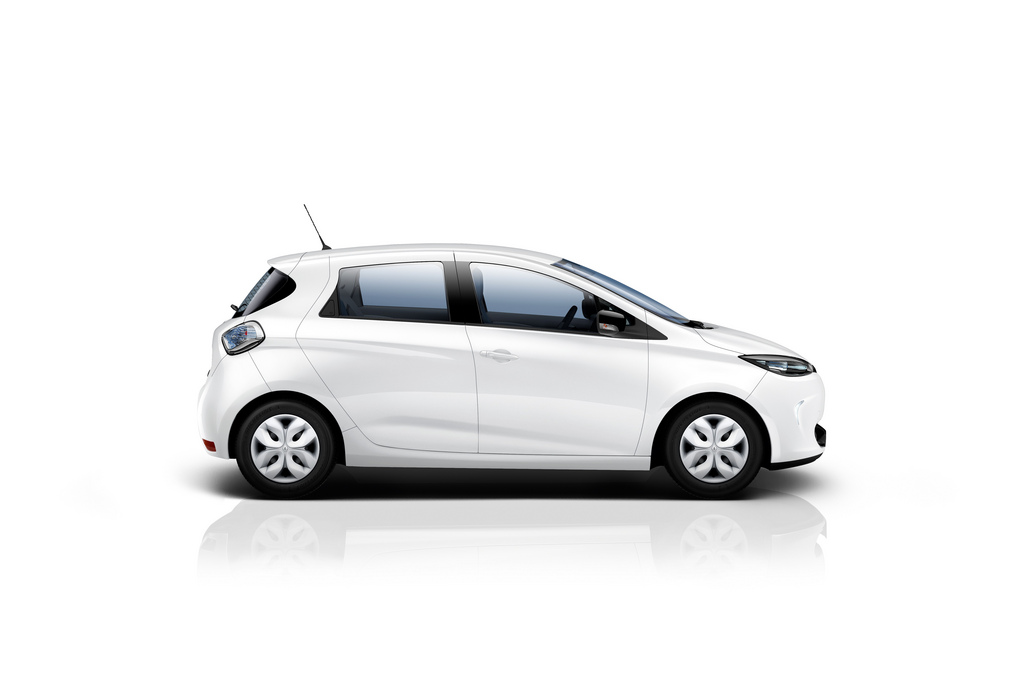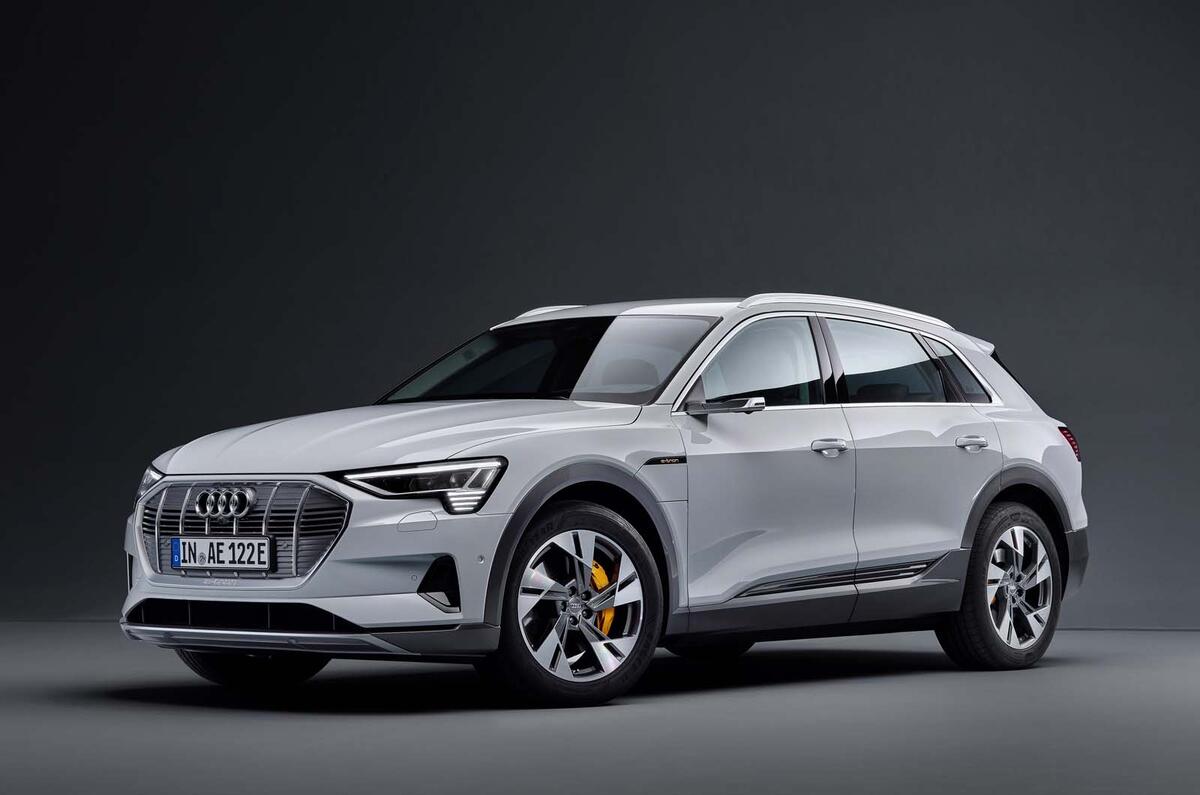Baojun
E-Series #1 in receding market
The
end-of-incentives hangover deepened in August, with the Chinese plugin
market dropping a steep 12% YoY, with PHEVs crashing 51%(!) YoY last month, while
amazingly, BEVs managed managed to grow, by 4%, a small increase over the 1%
growth rate of July, which means BEVs are currently the only ray of light in
the Chinese market (the overall market also dropped, by 8% YoY).
In
the midst of this adverse environment, July’s PEV share was just 4.1%, dropping
the 2019 PEV market share to 6% (4.6% for BEVs alone), which is still well
above the 2018 result (4.2%).
The
reason for this drop lies on the subsidy changes that happened on June, 26, when
NEV subsidies were cut off completely for vehicles with less than 250 kms
electric range, while those with higher range saw their subsidies halved.
From
now on, we should see a less subsidy dependent market, with PHEVs losing
relevance (they represented 17% of sales in August, versus 22% YTD), with
several models unable to compensate the subsidy loss, while others will
continue thriving, as we are now starting to witness.
This
is just another factor adding up to the reasons on why China is without doubt
the most fast evolving plugin market on Earth, with several changes happening
at the same time, be it foreign OEMs trying to get a piece of the NEV cake /
avoid fines imposed the new quota system, local makers scaling up production
with a never ending slew of ever more competitive models, or the run for
survival of the several startups on the market.
In August, the most
important surprise in the models ranking was the SAIC-GM offspring Baojun
E-Series winning #1, thanks to an amazing 8,698 units record result, but BAIC
couldn’t really complain, placing two of its models in the remaining places of
the podium.
Here’s last month Top 5 Best Selling models individual performance:
#1 – Baojun E-Series: With the end of subsidies for most of the small city
EVs, unable to reach the minimum 250 kms range, the few that still have access
to subventions have seen their sales rise, and none did it more spectacularly
than the Baojun E-Series, Shanghai Auto and General Motors offspring. With an
irregular career up to now, the last months of the tiny two-seater have been
memorable, having registered a record 8,698 units in
August, allowing it to be last month Best Seller in China, a first for any SAIC
nameplate. The updated range, thanks to a new 24 kWh battery, is a crucial tool
to reach the subsidy minimum range requirement, which added to its competitive
price (CNY 93,900 / USD 14,700) before subsidies, makes it an appealing model,
especially considering its modern design and features.

#2 – BAIC EU-Series: The electric sedan scored 7,580 units
last month, with the Beijing Auto losing to the Baojun E-Series the monthly
Best Seller title, ending a three month winning streak. The design and
specs (215 hp, 416 kms / 260 mi NEDC, US $32,500) allows it to remain a popular
choice, but with the competition increasing every passing month, BAIC has a
tough job ahead of it, if it wants to keep leading the pack.
#3 – BAIC EX-Series: BAIC's current good
moment, it has three models in the Top 20, is explained by having competitive
models in the three largest segments (sedans, crossovers and city cars). The
EX-Series is the bread and butter small crossover of Beijing Auto
stable (Think Renault Captur/Kia Soul), and last month it scored 6,568 units,
a new year best. Hardly a vehicle that makes your pulse accelerate (107
hp motor, 318 kms NEDC range), for that you can check the #4 BYD Yuan, the
EX-Series uses is killer price (starting at 21,000 USD) to attract buyers

#4 – BYD Yuan / S2 EV: To counterbalance the subsidy cut, BYD launched a
basic version of the Yuan EV, called the S2, with a less powerful electric
motor (only 70 kW / 93 hp) and a smaller battery (41 kWh), allowing it to keep
the 6,000-something monthly results. With the brand prioritizing BEVs, battery
demand is increasing faster than before, so higher priced models (Tang, Song,
Qin, etc) have the priority over the Yuan, making it hard for the crossover to
surpass the meh result of 5,468 units of August. The
Yuan EV has unrivalled specs (58 kWh battery, 410 kms/255 mi NEDC range, 163 hp
motor), given its price (25,000 USD).

#5 – GAC Aion S: A few months ago I was mentioning the big potential of this model, saying
it could reach a 10,000 units/month pace this year. And things are going well
for the Aion S, because on its fourth month in the market, the sleek sedan is
now at 3,815 units, reaching the 5th place in
August, its seond Top 5 spot in a row. Another sedan inspired by the Tesla
Model 3 formula, GAC has high hopes for its new dedicated EV lineup, the Aion.
Right now we have the sedan Aion S, but a midsize SUV, the LX, will soon
follow. Back at the Aion S, beyond the stylish (and aerodynamic - 0.245cd)
looks, this new model bears some impressive specs: a 59 kWh CATL NCM 811
battery, 510 km / 318 mi NEDC range and Level 2 driving aids, but the real
killer is the price: Around 180,000 CNY / $26,000. Before subsidies. Like Kanye
West would say: “Now, I ain’t sayin’ it’s a Tesla-killer / But the Aion
is messin’ with the Best Sellers…”
2019 ranking
The market is now
adapting to the new reality, now that certain models last access to subsidies.
We’ll start with the
most important position change, with the SAIC Baojun E-Series jumping 4
positions to the 3rd spot. This was one of the most surprising jumps,
but considering that it is one of the few city EVs that still have access to
subsidies, one can see where this sales surge (8,698 units, new record) comes
from.
The other Top 10
position change was the Changan Eado EV reaching the #10 spot, switching places
with the JAC iEV E-Series, that has seen its deliveries dry up.
But the climber
of the month shows up on the second half of the table, with the BAIC EX-Series
shooting 6 spots, to #14, while its small sibling, the EC-Series, hangs on in
#18.
Indifferent to
the subsidies cut, the BMW 530Le climbed two positions, to #12, thanks to a
record 3,001 deliveries in August, making it not only the Best-Selling Luxury
plugin vehicle on the market, but also the Best-Selling foreigner on the table.
With the Passat PHEV
losing access to subsidies, and Volkswagen now betting on the right horses (VW e-Lavida),
expect the sales of the midsize VW to dry up soon, making the Best Selling Foreign
nameplate really a race between the #12 BMW 530Le and the #15 Tesla Model 3.
If the distance
isn’t negligible (1,790 units) between both nameplates, September should help
the Tesla midsizer to close the gap significantly, with the Q4 Shanghai
production allowing the Californian to surpass the Bimmer and win
the 2019 Best Selling Foreigner title in China, and maybe with a Top 10
position to boot.
Elsewhere, the Nio
ES6 is expanding production, reaching 2,366 units in August, allowing Nio to
recover the Best-Selling Startup title, while SAIC’s MG eZS crossover
registered 1,874 units, a welcome growth to a model with high ambitions in
export markets.
Talking about
production ramp ups, the much hyped GAC Aion S sedan just keeps on growing, having
reached 3,815 units last month. Although the GAC sedan is still 1,500 units
below the Top 20, if the model continues to grow deliveries, it shouldn’t take
long for it to show up in the ranking. Maybe already in September?
How high will the
GAC sedan go this year? Top 10? It all depends on the speed of the production
ramp up, but one thing is certain: The Aion S looks to be a strong contender
for a Top 5 spot in 2020.
A mention also for
the 1,124 units of the e-Lavida sedan, the new star of the VW stable, now playing
in the crowded (and profitable) field of compact sedans.
Looking at the
manufacturers ranking, BYD (23%) leads comfortably, but has lost a bit
of momentum, while below it, BAIC (12%, up 2%) and SAIC (9%, up 1%) remain in
the medal spots.
Outside the
podium, Geely (6%) increased the distance to other, smaller players (Chery,
JAC…).
Will this Natural
Selection help the market become more competitive? Who knows, but for now, foreign
carmakers have 12% share (of which, Tesla, BMW, and VW all have 3% each), which
is still not a lot, but it is already double of what they had last year…

















